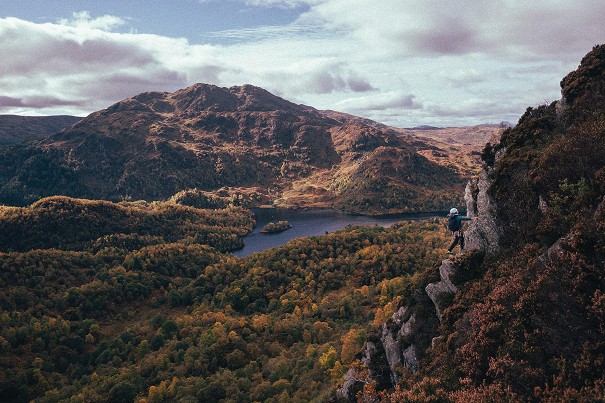
Destination Guide Lowland Outcrops - The Best Central Belt Crags for Outdoor Beginners
The long-awaited new edition of the SMC Lowland Outcrops guidebook is out. To mark its publication, the guide's author Topher Dagg looks at the area with fresh eyes, highlighting some of the best venues in Scotland's Central Belt for those just...



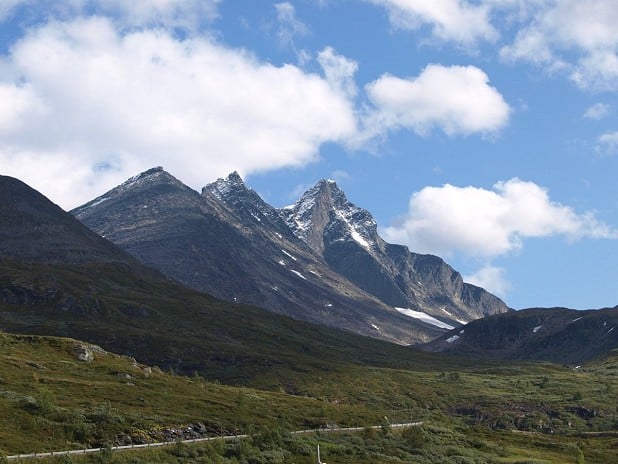
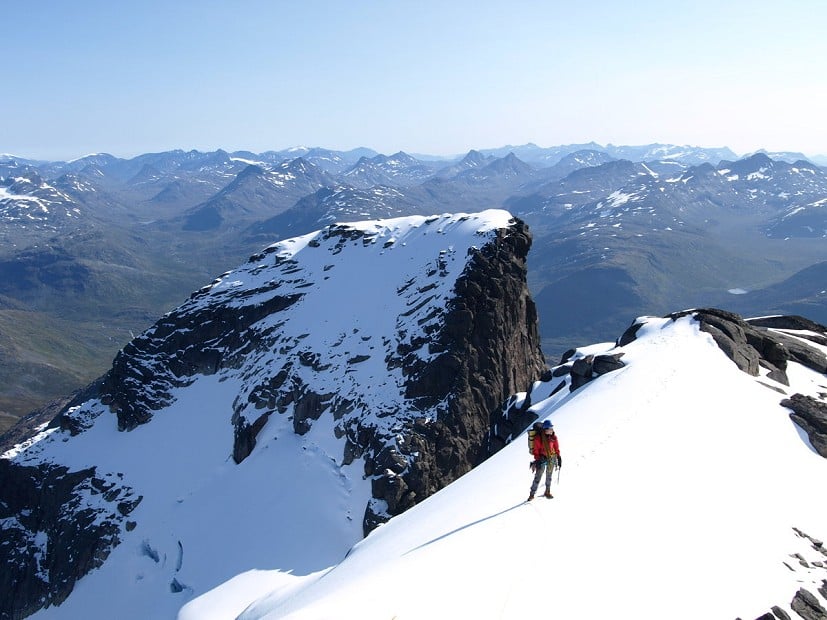
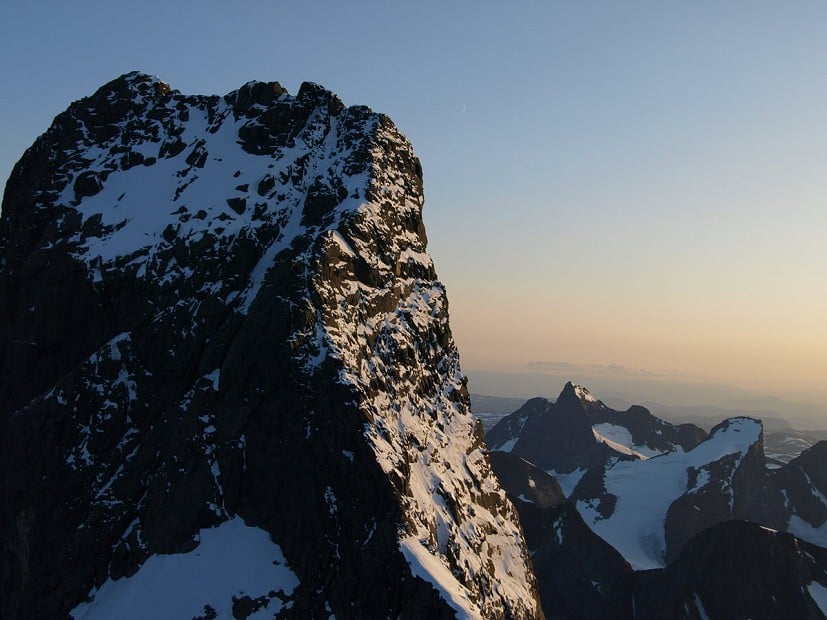
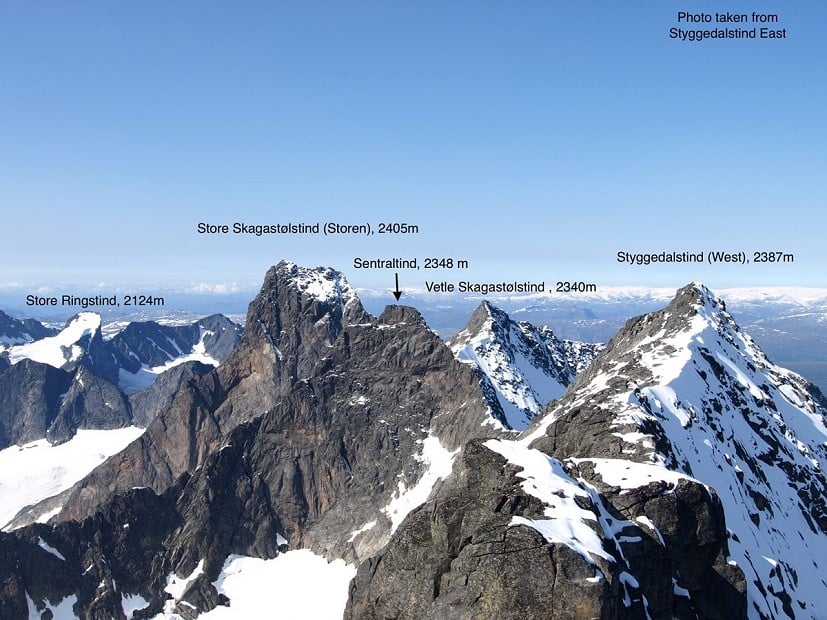
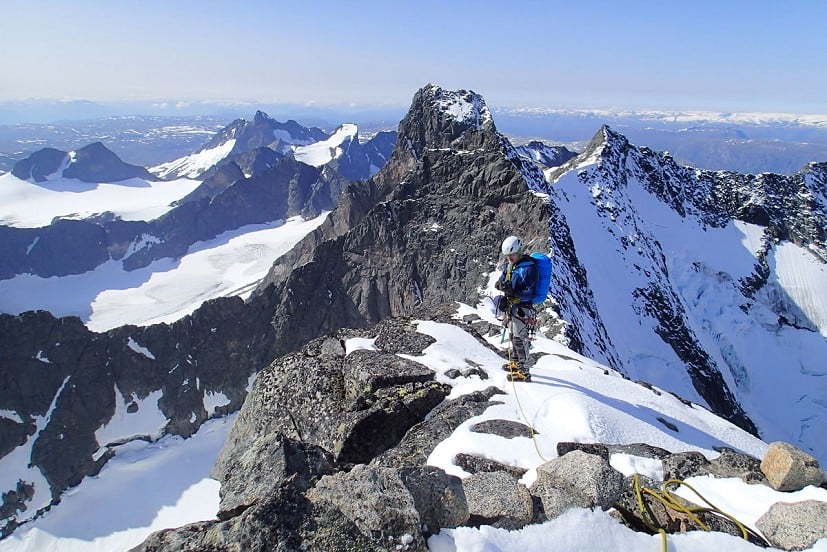
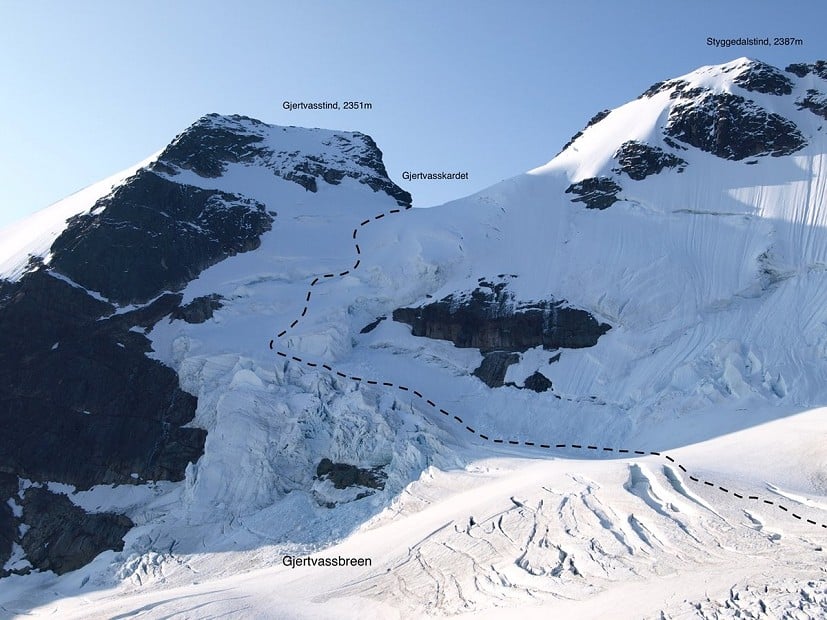
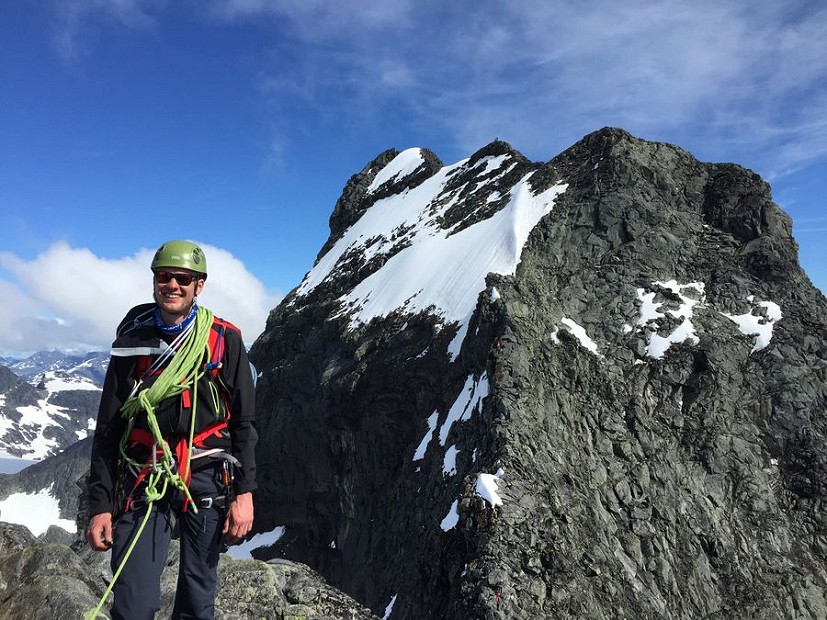
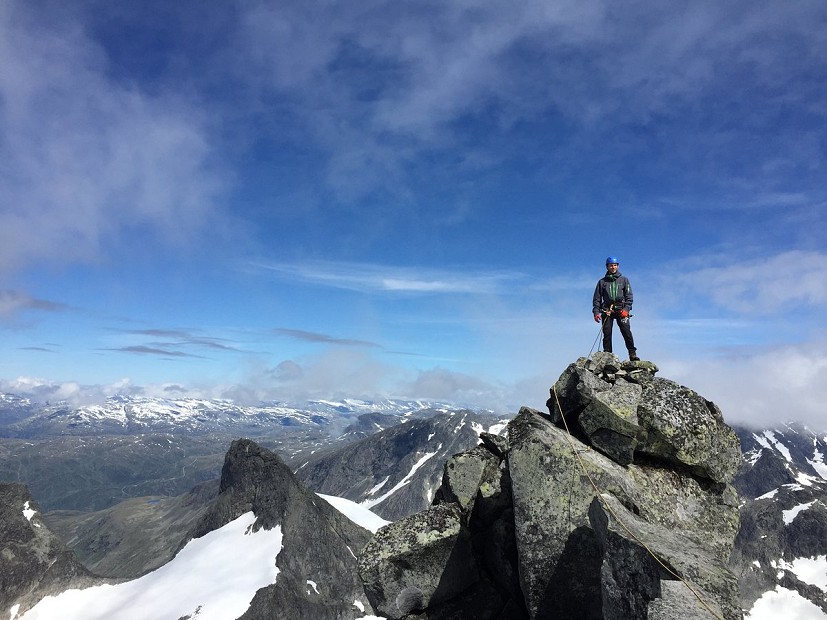
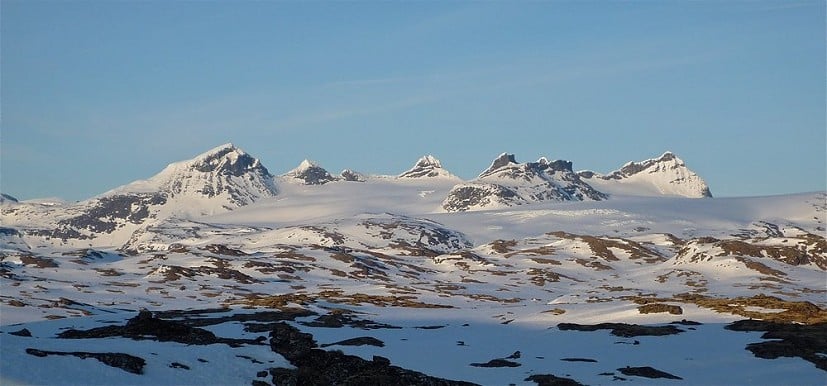
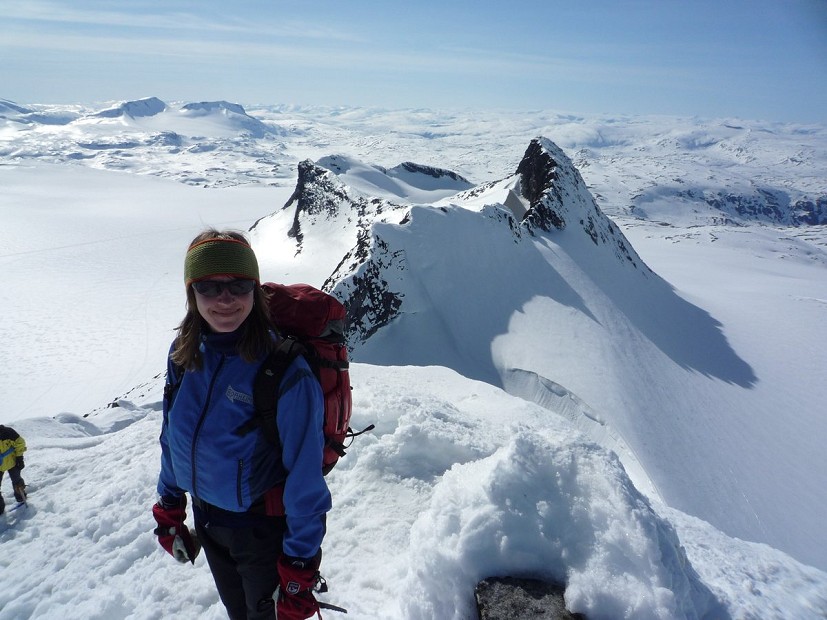

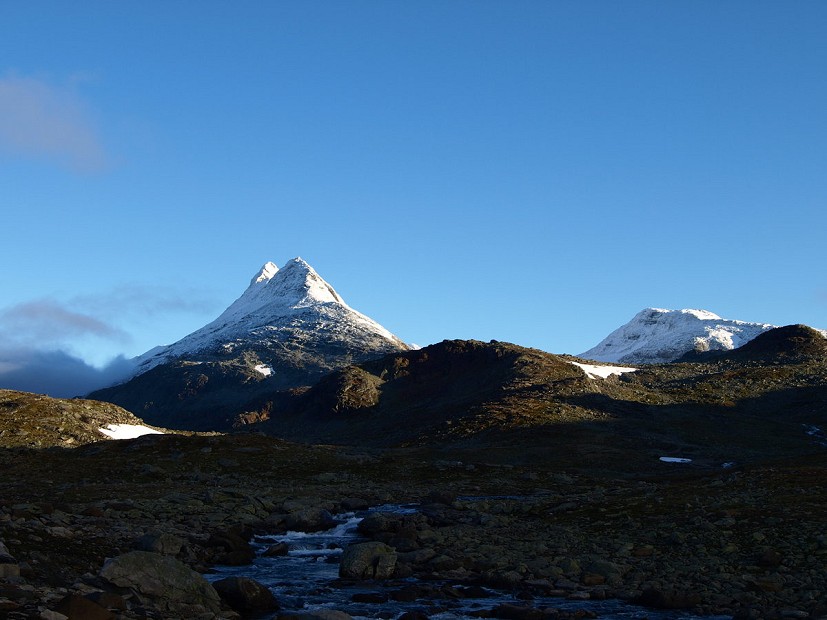
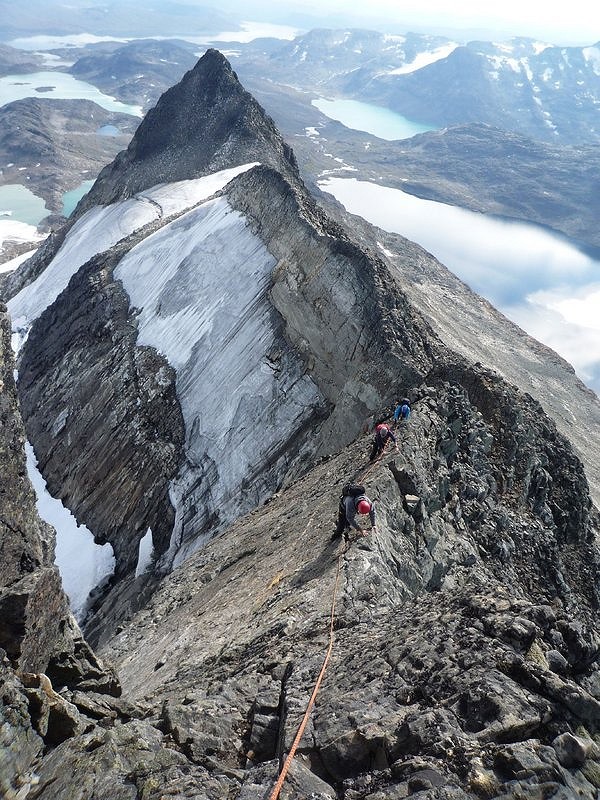
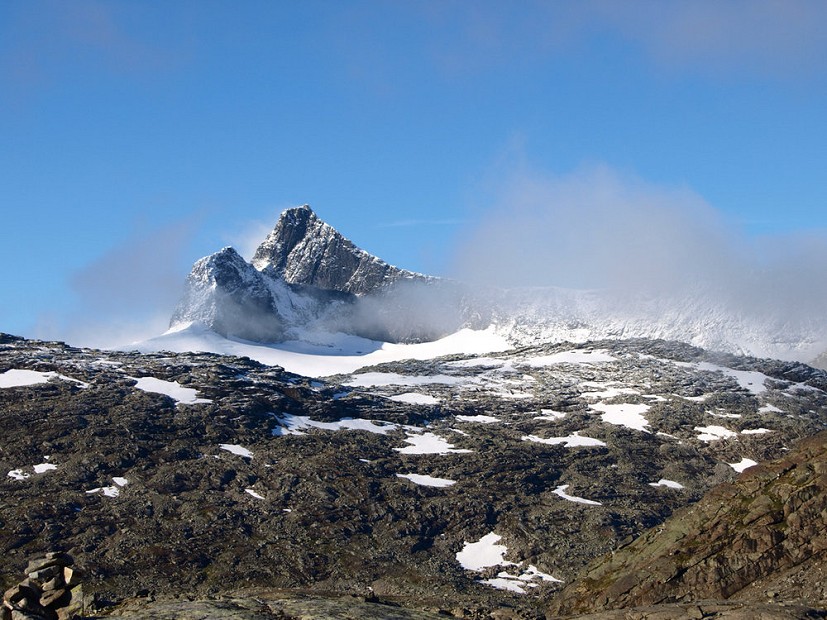
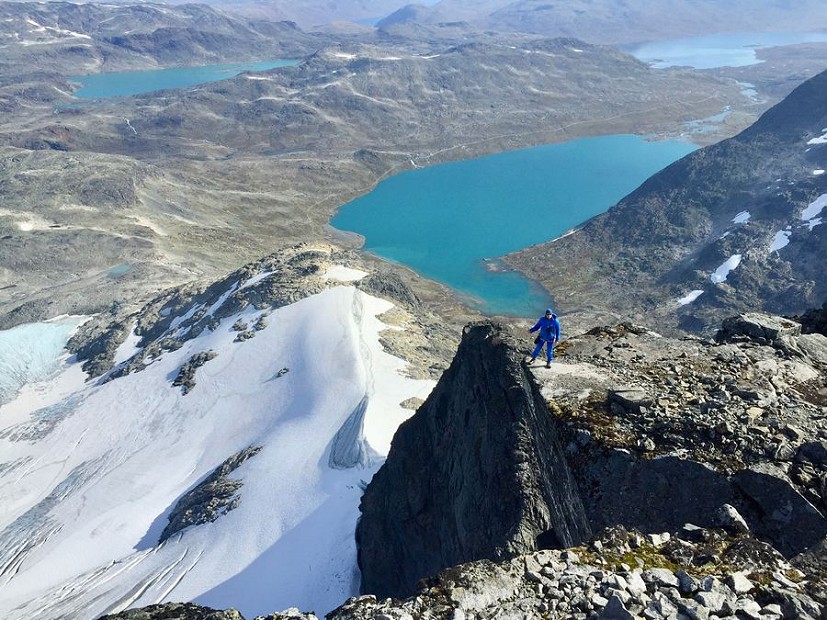
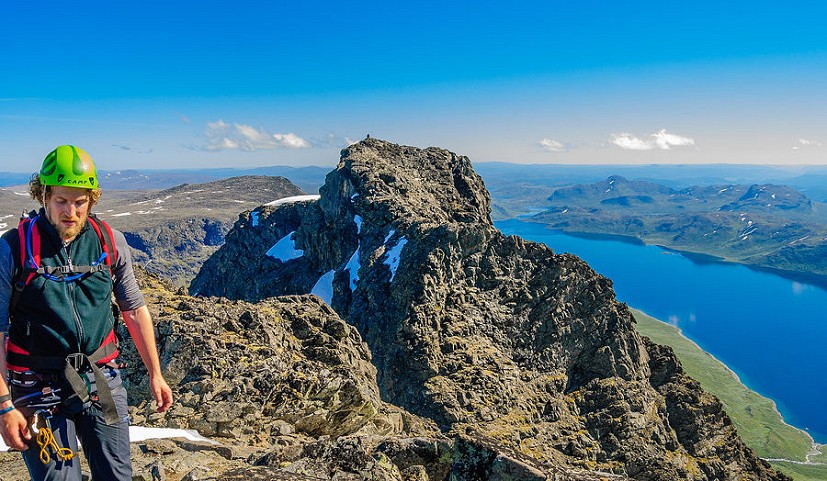
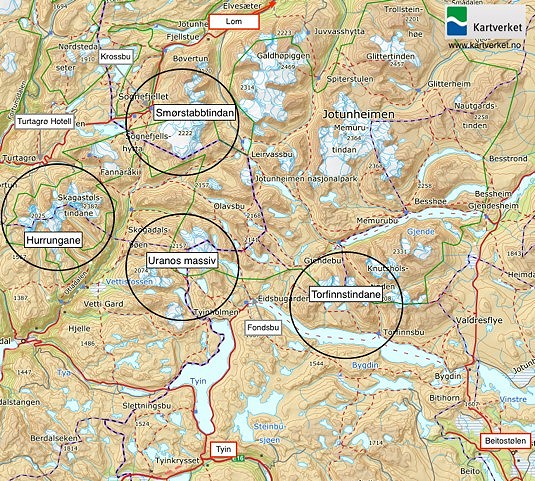

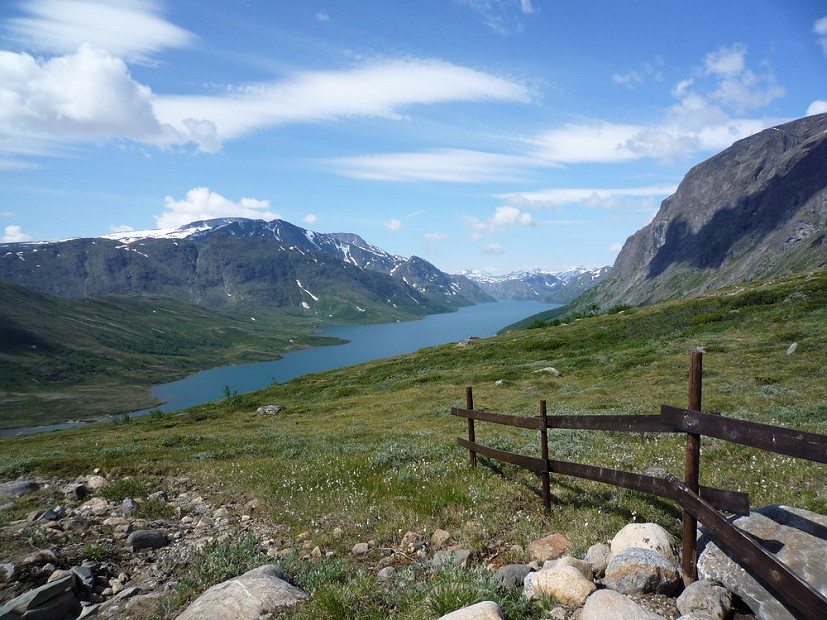
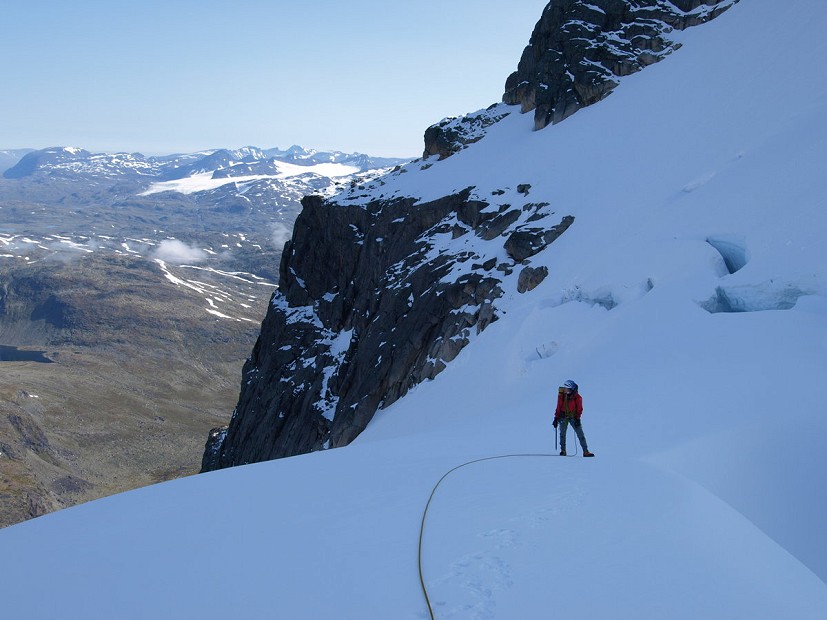

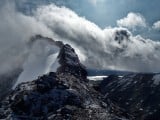
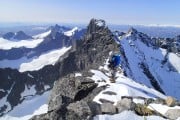
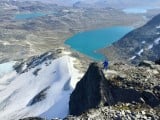


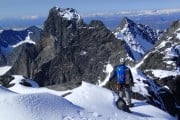
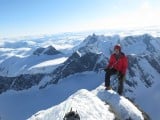
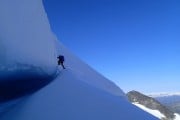
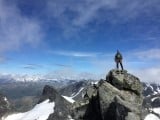



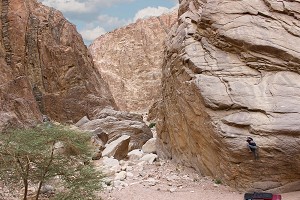
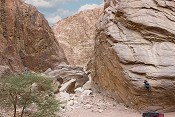
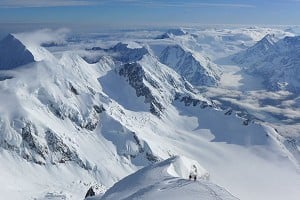
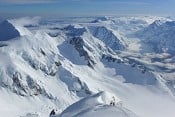
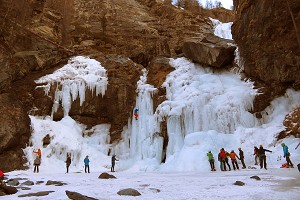
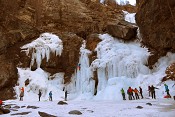
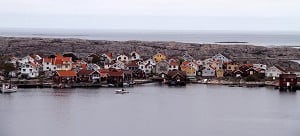

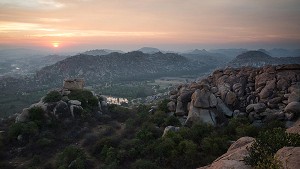

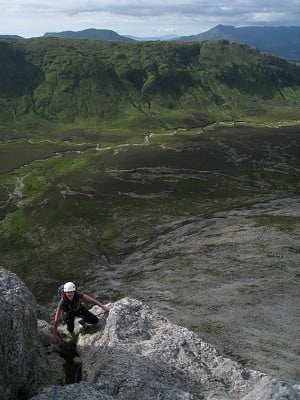
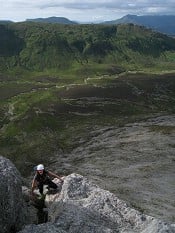
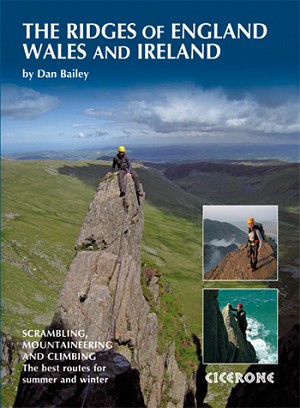
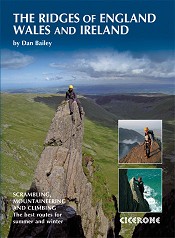


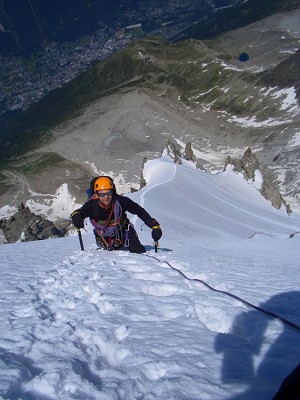
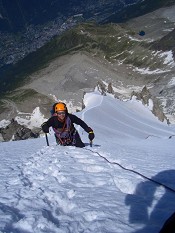
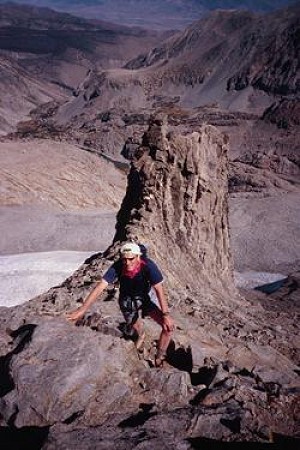
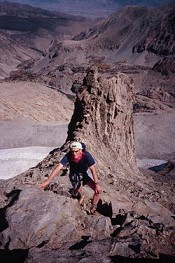
Comments
When to go - is the area like the Rondane where a lot of tourist accommodation simply shuts at the end of August with no warning? That could be a problem if people are expecting to stay somewhere at short notice. Apart from that it looks good.
Thanks for your comment.
The huts "opening and closing" times are often subjected to conditions, i.e. snow conditions.
As most of the huts in the Jotunheim are privately owned, you will need to check each website for the opening and closing times. They can be found at https://www.ut.no.
As most huts are run at a local level its best to check in the shoulder seasons if they are open.
After slogging our guts out through sleet to the top of Fannaråken Hytta, we found it not only locked but hermetically sealed for the winter. When I raised the matter with DNT, they said.... Sorry about that.
I remember skiiing up Storen in the dead of winter, digging the hut out and then discovering it had been down classed from hut to emergency shelter. It was like the ice box of a fridge. Out of the wind and worst of it though :-)
Fantastic area
Cheers
Toby
Super article although I would say fans Lyngen might contest the claim that "the Jotunheim are the true alpine mountains of Norway", not saying Jotunheim isn't alpine but Lyngen is pretty alpine too! :)
From my limited experience in North Norway, grades seem rather inconsistent. I did a great 5 or 5+ route on Kvaloya that felt as tough as 6s I had done on Lofoten, so 5+ can be solid E1! Maybe the southern Norwegians aren't as tough as their arctic brethren though. ;)
Whats the situation with snow on these things at the moment? Thinking of next weekend